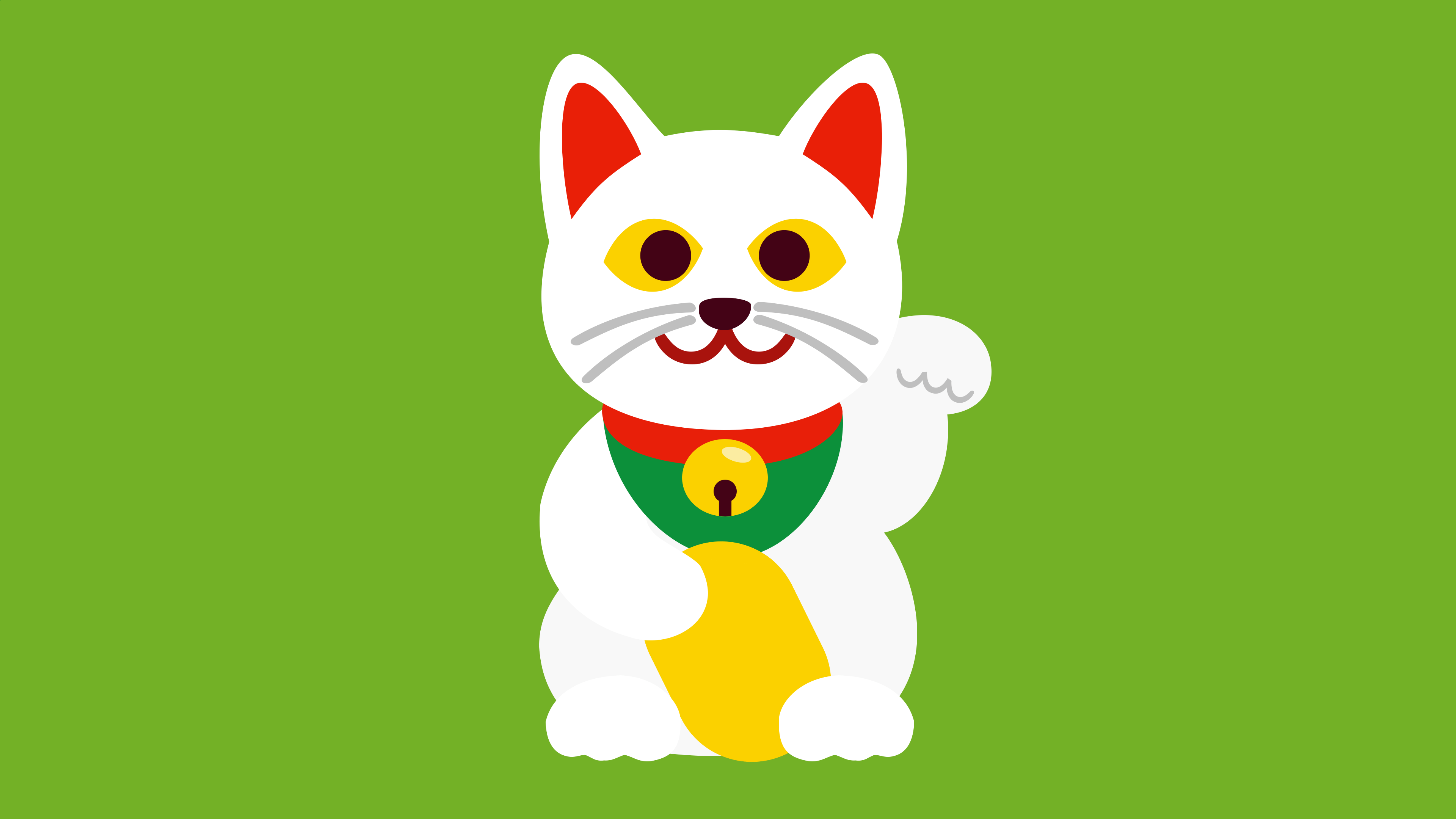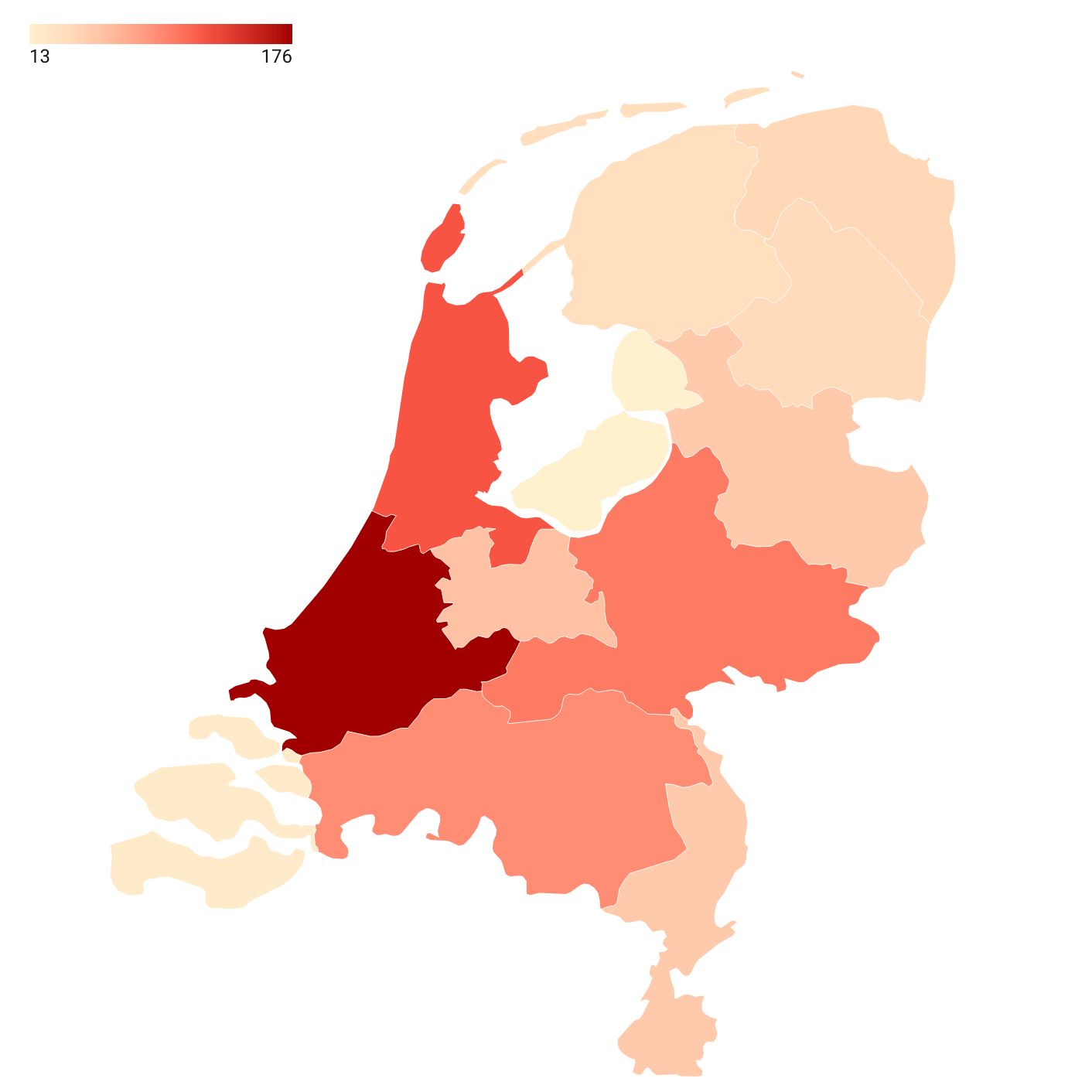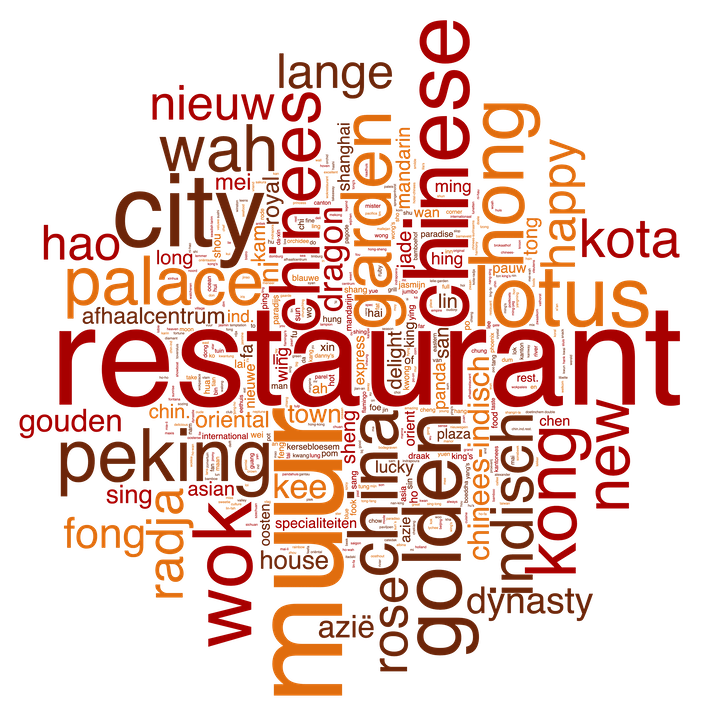An analysis of Chinese restaurant names in the Netherlands

There are plenty of things in life that I have never done, but one thing that surprises many people is that after thirty-something years on this planet I still haven’t eaten at a chin. ind. spec. rest., i.e. the average Chinese restaurant in the Netherlands. This doesn’t stop people from asking me questions about the many dishes that can be found in such restaurants, like nasi goreng and babi pangang (neither of which are Chinese).
This confusion arises from the fact that very few Chinese restaurants in the Netherlands are actually Chinese – most are technically Chinese-Indonesian. These Chinese-Indonesian restaurants serve food that is catered towards and western tastes. Of course, much of the food is still Chinese in origin, as are the staff and the names of the establishments.
One thing that I’ve noticed is that many of these names look very much alike, as if names for Chinese restaurants have to be picked from a very short list of approved names.
While that’s obviously not the case, I was still curious what patterns we can discover in the naming schemes that are used by Chinese restaurants.
The maintains a database that lists every single business in the Netherlands. This could have been a good place to start our search, but sadly the most interesting parts of the database are hidden behind a paywall. Instead, I retrieved a list of all Chinese restaurants in the Netherlands using overpass turbo, a free web-based data filtering tool for OpenStreetMap. I don’t expect these results to be entirely complete or accurate, but they should be usable enough for our (very informal) exploratory study.
According to OpenStreetMap, there are 802 Chinese restaurants in the Netherlands. Most are located in South Holland and North Holland, which also happen to be the Netherlands’ two most populous provinces. What’s possibly surprising is that the data suggest that there are fewer Chinese restaurants in Flevoland than in the sparsely populated Zeeland.

| # | Province | Count |
|---|---|---|
| 1 | South Holland | 176 |
| 2 | North Holland | 122 |
| 3 | Gelderland | 103 |
| 4 | North Brabant | 93 |
| 5 | Utrecht | 59 |
| 6 | Limburg | 52 |
| 6 | Overijssel | 52 |
| 8 | Groningen | 41 |
| 9 | Drenthe | 38 |
| 10 | Friesland | 33 |
| 11 | Zeeland | 19 |
| 12 | Flevoland | 13 |
Most Chinese restaurants can probably be found in large cities like Amsterdam, Rotterdam, and The Hague, which seems about right. I’m not so sure about the accuracy of the data in smaller cities. It seems unlikely that a tiny city like Middelburg has six restaurants, when Arnhem, a city that’s almost four times the size of Middelburg, has only five.
| # | City | Count |
|---|---|---|
| 1 | Amsterdam | 35 |
| 2 | Rotterdam | 24 |
| 3 | The Hague | 20 |
| 4 | Groningen | 14 |
| 5 | Utrecht | 12 |
| 6 | Amersfoort | 9 |
| 6 | Eindhoven | 9 |
| 6 | Apeldoorn | 9 |
| 9 | Leiden | 8 |
| 9 | Zwolle | 8 |
| 11 | Amstelveen | 7 |
| 11 | Roosendaal | 7 |
| 13 | Kampen | 6 |
| 13 | Delft | 6 |
| 13 | Middelburg | 6 |
| 13 | Dordrecht | 6 |
| 13 | Hoogeveen | 6 |
| 13 | Breda | 6 |
| 19 | Assen | 5 |
| 19 | Arnhem | 5 |
The twenty most common names for Chinese restaurants are shown below. At first, the winner appears to be “Kota Radja”, which isn’t Chinese – it’s what the Indonesian city of Banda Aceh used to be called during the Dutch colonial period.
On closer inspection “De Lange Muur” (“The Great Wall”) appears to be the actual winner, when we also include “Lange Muur” (“Great Wall”) and possibly “Chinese Muur” (“Chinese Wall”) in the count.
Some other names are also more popular than one would expect based on simple string comparisons due to translations and transliterations (e.g. “Lotus” and “Lin Wah”).
| # | Name | Count |
|---|---|---|
| 1 | Kota Radja (Koetaradja) | 18 |
| 2 | De Lange Muur | 15 |
| 3 | Peking | 14 |
| 3 | De Chinese Muur | 14 |
| 3 | Lotus | 14 |
| 6 | Hong Kong | 11 |
| 6 | Rose Garden | 11 |
| 6 | China Garden | 11 |
| 9 | Happy Garden | 10 |
| 10 | Chinese Muur | 8 |
| 10 | Ni Hao (你好, hello) | 8 |
| 12 | China Town | 6 |
| 12 | Golden City | 6 |
| 14 | Tong Ah (東亞, East Asia) | 5 |
| 14 | Dynasty | 5 |
| 14 | China | 5 |
| 14 | Azië | 5 |
| 18 | China Palace | 4 |
| 18 | Golden Rose | 4 |
| 18 | Lin Wah (蓮華, lotus) | 4 |
Quite a number of restaurant names include a reference to China. I already mentioned “Chinese Muur” (“Chinese Wall”), but the list above also includes a “China Garden”, “China Town”, “China Palace”, and simply “China”.
The table below lists the 40 most common words, along with their number of occurrences. You’ll probably recognise many of the words from the list above.
| # | Word | Count |
|---|---|---|
| 1 | restaurant | 90 |
| 2 | garden | 85 |
| 3 | de | 68 |
| 4 | china | 59 |
| 5 | chinees | 53 |
| 6 | muur | 46 |
| 7 | city | 36 |
| 8 | chinese | 32 |
| 9 | lotus | 30 |
| 10 | wok | 29 |
| 10 | golden | 29 |
| 12 | hong | 27 |
| 13 | peking | 26 |
| 14 | kong | 25 |
| 15 | palace | 24 |
| 16 | wah | 23 |
| 17 | new | 22 |
| 18 | indisch | 21 |
| 18 | chinees-indisch | 21 |
| 20 | kota | 19 |
| 21 | radja | 18 |
| 22 | rose | 18 |
| 23 | happy | 17 |
| 23 | hao | 17 |
| 23 | nieuw | 17 |
| 23 | lange | 17 |
| 27 | fong | 15 |
| 28 | dynasty | 13 |
| 29 | kee | 12 |
| 30 | dragon | 12 |
| 31 | gouden | 11 |
| 31 | azië | 11 |
| 33 | ni | 10 |
| 34 | house | 9 |
| 34 | town | 9 |
| 34 | sing | 9 |
| 34 | oriental | 8 |
| 34 | afhaalcentrum | 8 |
| 34 | royal | 8 |
| 34 | mei | 8 |
The word cloud below visualises all the words that appear within restaurant names. You can tap or click on the image to open a vectorised version.

Several naming patterns emerge from the data, which are listed in the table below.
Many names are created by pairing a reference to China or the Far East, or a positive adjective (e.g. “golden” or “lucky”) with a generic word that describes a man-made place or something that can be found in nature.
There are also quite a number of restaurants whose names refer to things from China’s long and rich history, like its Great Wall (“Lange Muur”) and its Ming dynasty.
One particularly surprising finding is how often the word “new” (or its Dutch counterpart, “nieuw”) appears in restaurant names, especially since most of these restaurants …
| Restaurants with a name that… | Count |
|---|---|
| refers to a generic place (e.g. “City”, “Wall”) | 247 |
| refers to nature (e.g. “Garden”, “Lotus”, “Jade”) | 186 |
| tells you it is Chinese (e.g. “Chinees”, “Chin.”) | 183 |
| has Chinese name (e.g. “Ni Hao”, “Nam Kee”) | 153 |
| contains “restaurant” or “rest.” | 97 |
| emphasises strength (e.g. “Imperial”, “Royal”, “Dynasty”) | 97 |
| try to convey an experience (e.g. “happy”, “golden”) | 96 |
| tells you it is Indonesian (e.g. “ind.”) | 72 |
| contains Chinese place (e.g. “Hong Kong”) | 64 |
| tells you it is Asian (e.g. “Eastern”, “Oriëntaals”) | 48 |
| tells you it is “new” or “nieuw” | 45 |
| describes food (e.g. “wok”, “dim sum”, “grill”) | 34 |

